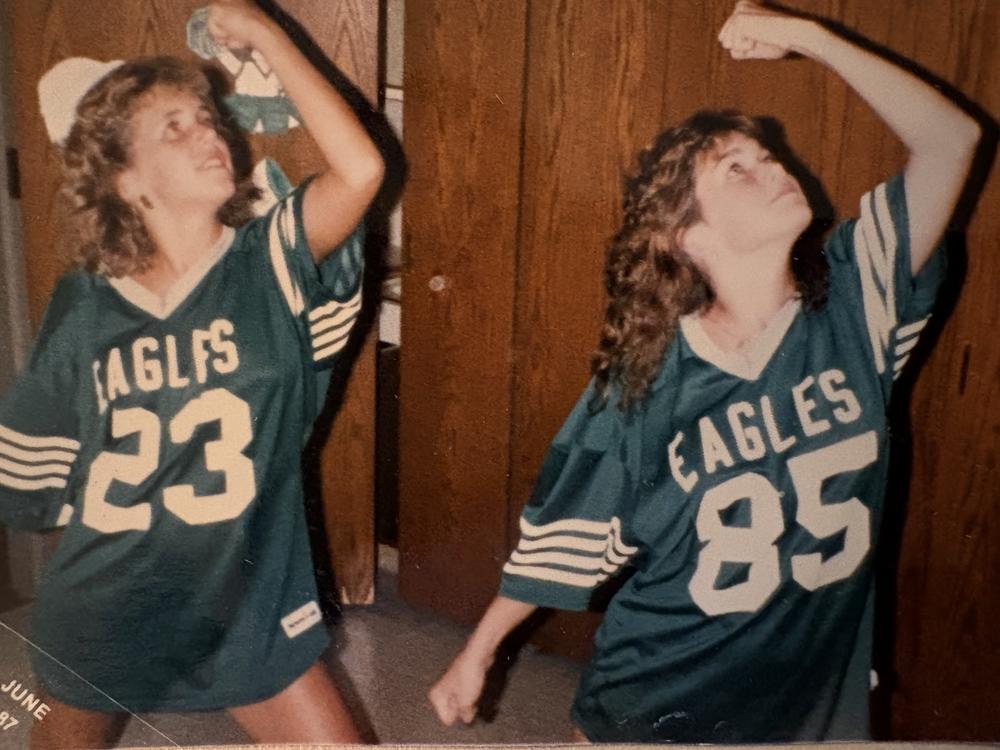The Creator Economy Is Dead. Long Live the Creativity Supply Chain.
Goodbye, Gatekeepers. Hello, Superpowers.
In the old days, content creators had to rely on gatekeepers like publishers, labels and film studios to get their work seen. These big companies had the editors, the cameras, the stages, the distribution and (most importantly) the money to invest to make sure it all kept rolling along. Under this system, creators had to serve up content that one or more gatekeepers would want to buy. Or starve.
With the rise of social media, content creation became more democratic than ever before. Creators could bypass traditional gatekeepers and go directly to their audiences, giving them a greater degree of freedom and control over their work. They could make content that would NEVER be made under the old system. And they could monetize it through ads or brand sponsorship. This new system needed a name. Venture Capitalists started calling it The Creator Economy.
Sweet! Now creators could work directly with brands to make content or sell the content they’ve already made! But then a funny thing happened. More gatekeepers started popping up. Maybe having access to every creator on planet Earth made the bean-counters nervous. I mean, who will be talking to all these people? And who will rank them? Don’t we need to rank them? Can’t be having just ANYONE make our content. After all, they have to be “on brand,” don’t they?
So Influencer Management companies started pushing their creators. And stats like follower counts started being published and compared. And, yes, new superstars were born. Like Khaby Lame (139 million followers) and Charli D’Amelio (141 million followers). But this leaves a LOT of creators out of the running. Why has the Creator Economy, with its promised economic independence for all content creators, failed to live up to its expectations?
Michael Mignano, Partner at Lightspeed, proposes an alternative in a recent Medium post. He calls this new system The Creativity Supply Chain. It’s made up of three parts: supply (all the people who create), incentives (market mechanisms that incentivize creation/distribution/consumption), demand (people who consume creativity) and superpowers (products/technologies).
Chain Lightning
As anyone with an internet connection knows, the SUPPLY side is growing exponentially. Hundreds of thousands of pieces of content are uploaded to the internet every single second. Most humans create and post something every day. Even if it’s just a LinkedIn entry about your new job. That’s content.
Mignano says the biggest global INCENTIVE is literally the fact that more people are getting high-speed internet every day. And they want more content to watch. But when it comes to those creators pursuing monetary incentives, according to Mignano, they can “easily sell [their] audience’s attention to the highest bidder on platforms like Instagram, YouTube, or TikTok”, but he doesn’t mention how much discovery friction there is here. On the creator side, getting to 1,000 followers is hard. And on the other side, many brands don’t know how to find creators.
Related Resources
%20(397%20x%20264%20px)%20(3).png)
The New Operating Model for Creative Teams
Catch+Release COO Bryan shares how Content Genie introduces a faster, clearer, and more scalable way for creative teams to move from brief to story. This pre launch perspective explains why the future of content production depends on a new workflow built for modern creative speed.

Five Super Bowl Ideas That Could Win With Found Content (And Won't Cost $8 Million)
Found Content is no longer a backup plan. It’s a bold, culture-driven strategy for Super Bowl spots that want to win hearts, spark conversation, and save serious production dollars. Explore five creative plays brands can use to bring authenticity and impact to the biggest stage in advertising.




.png)